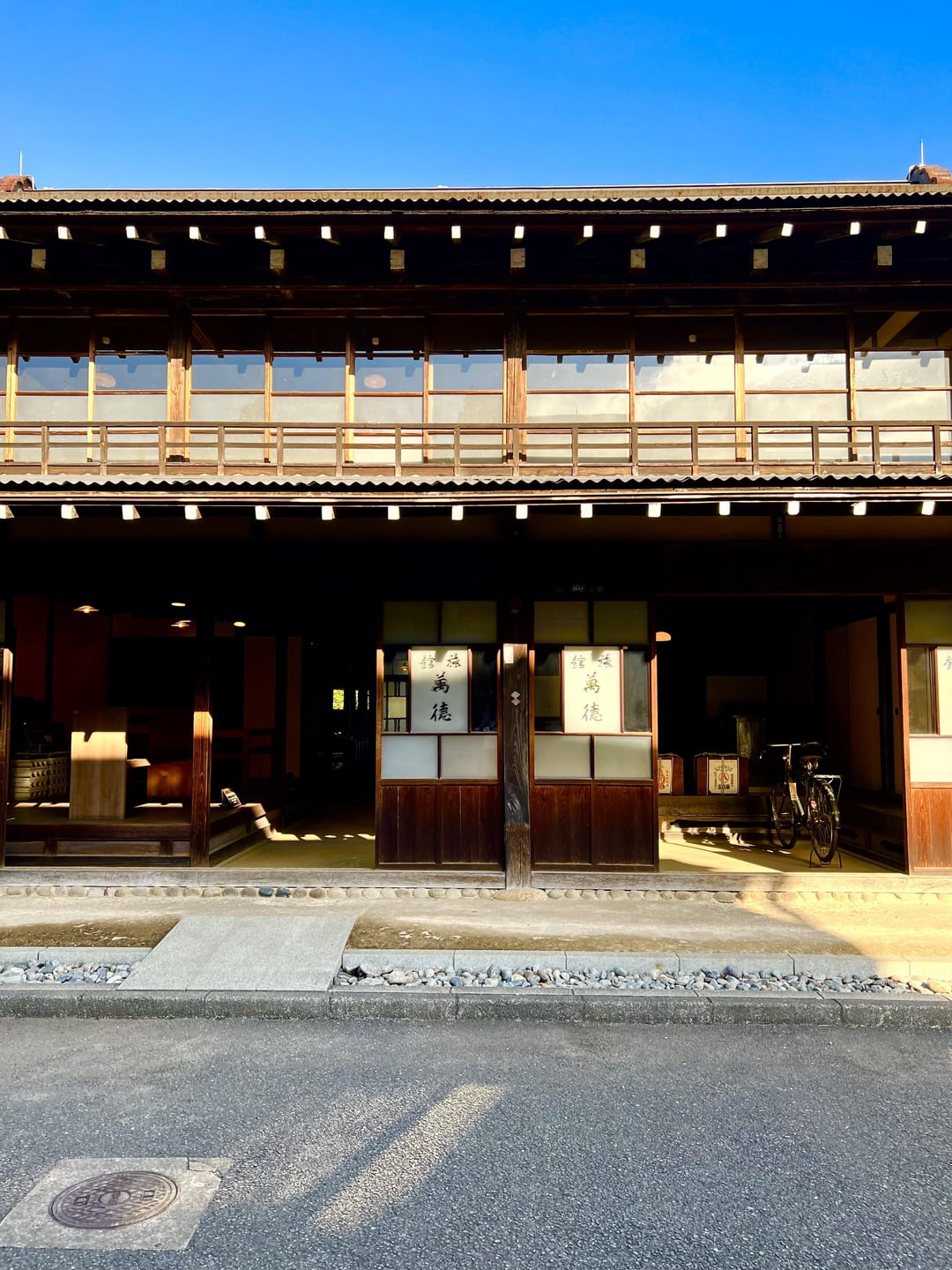
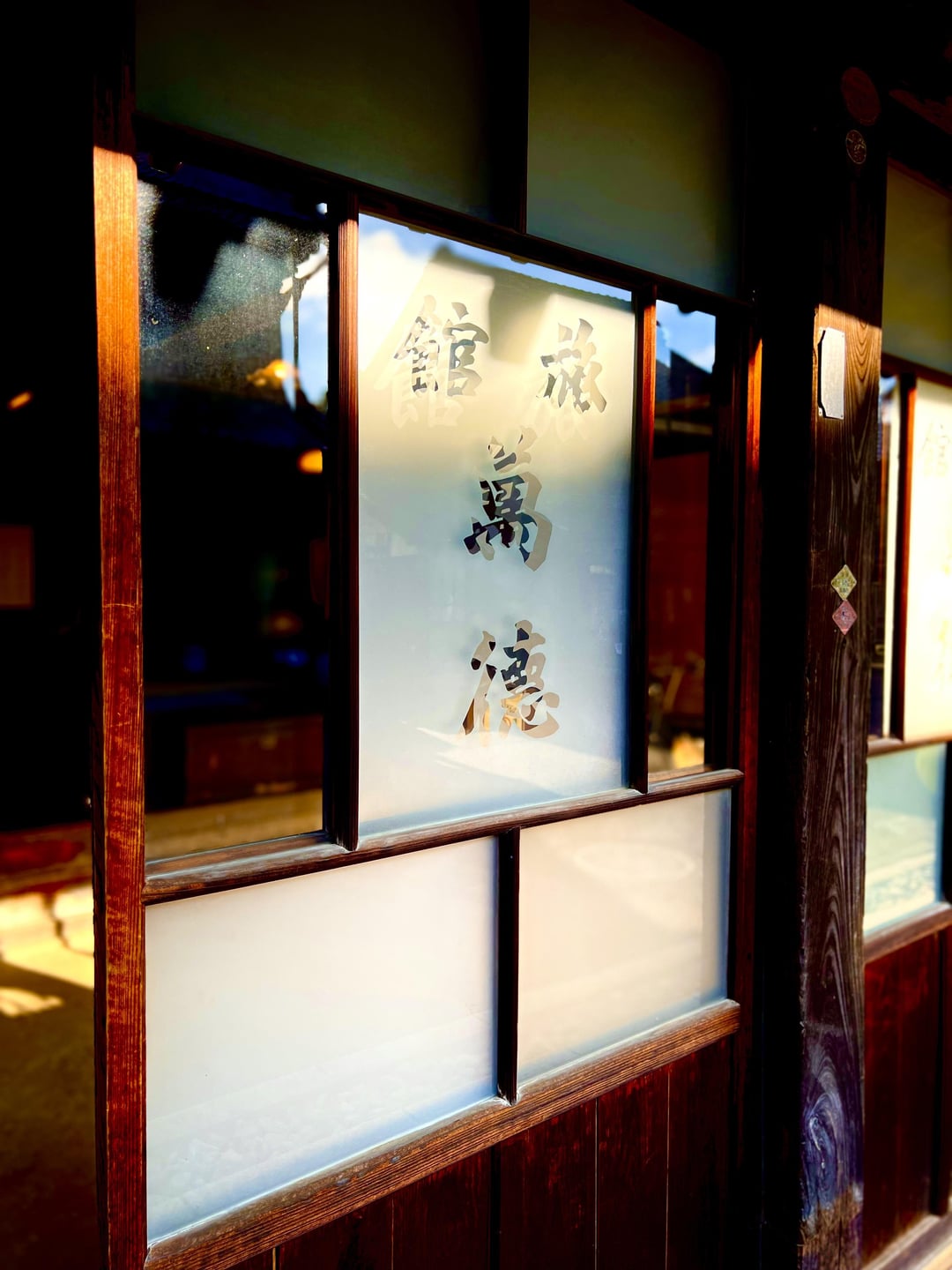
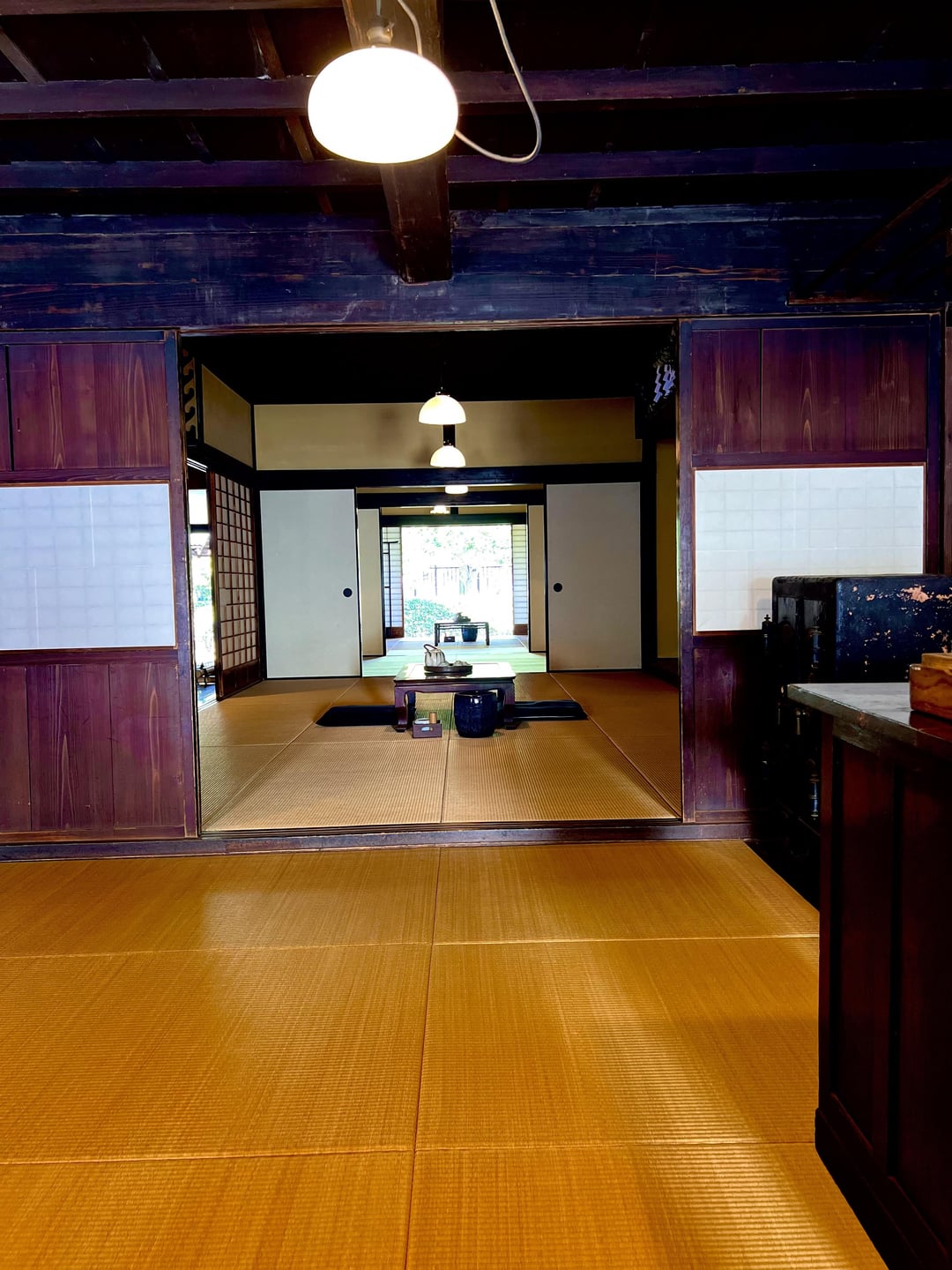
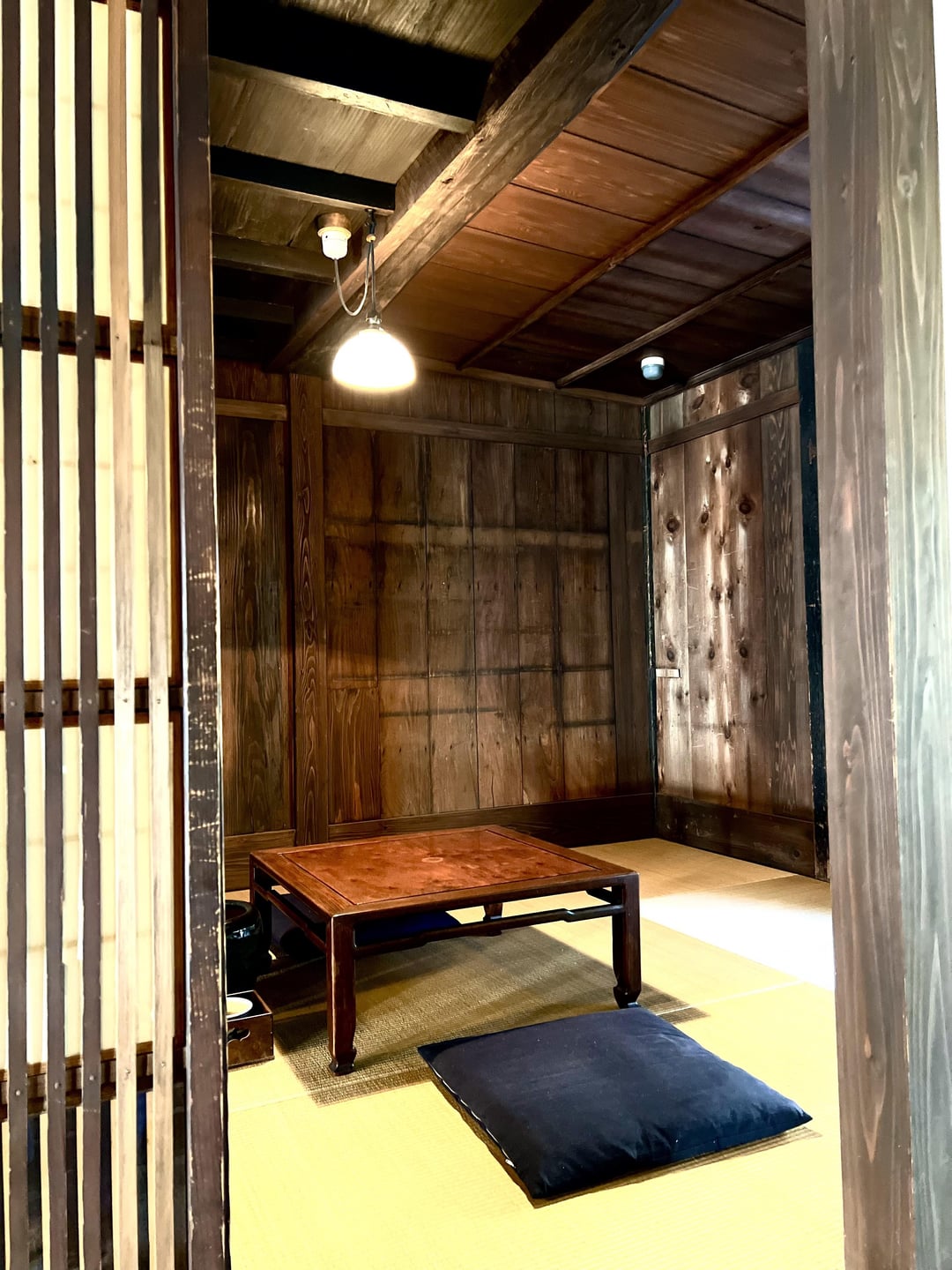
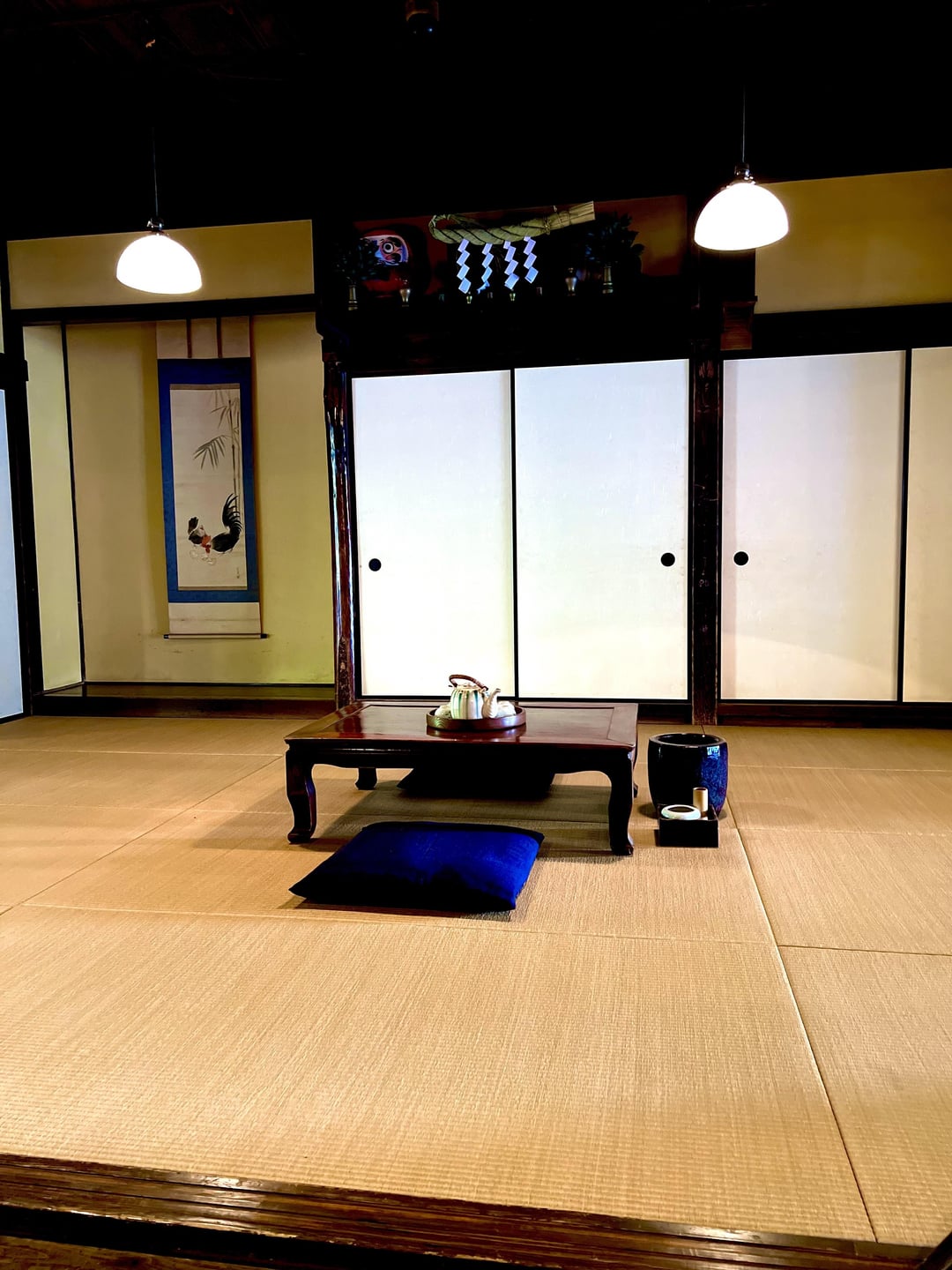
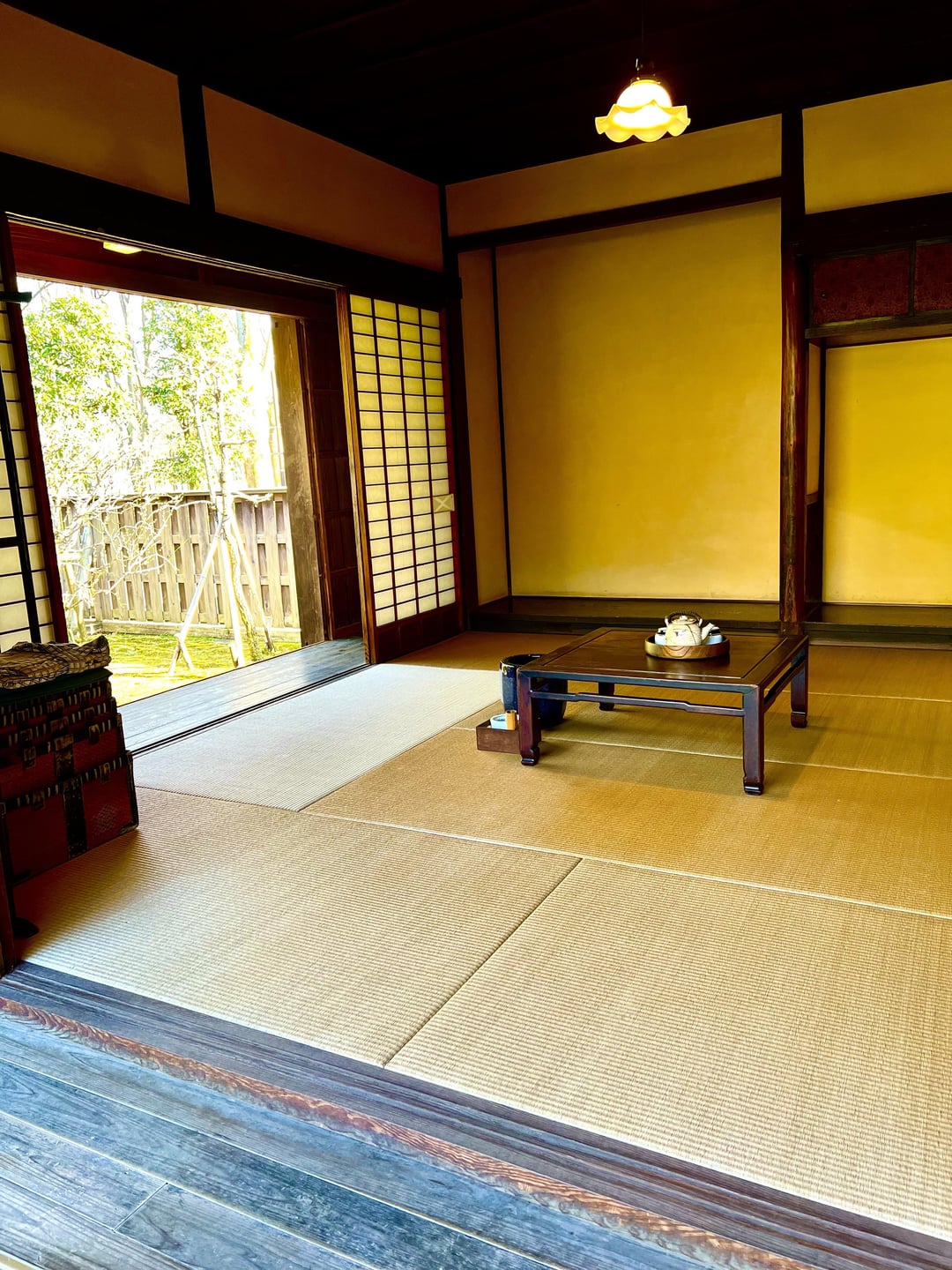
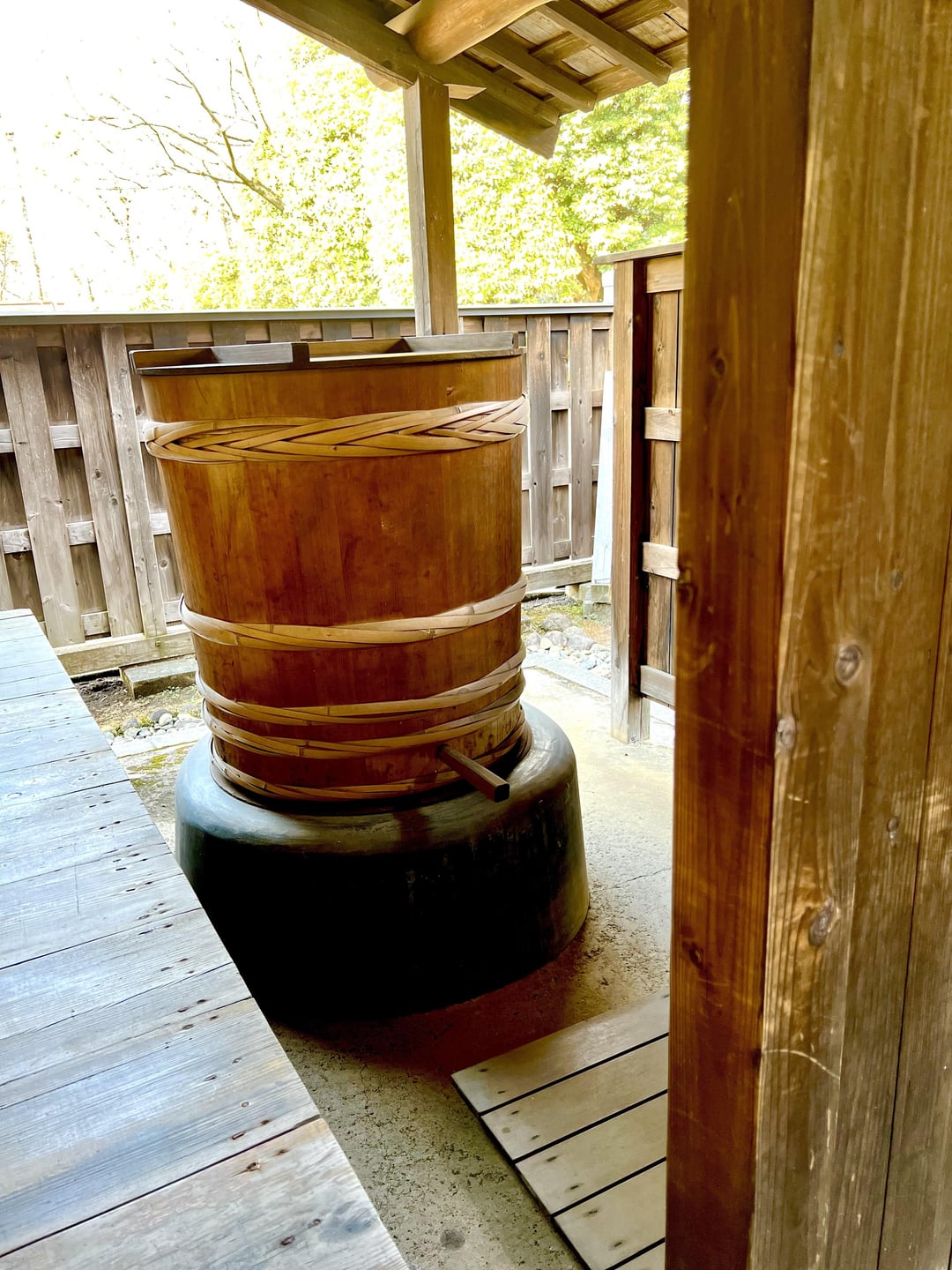
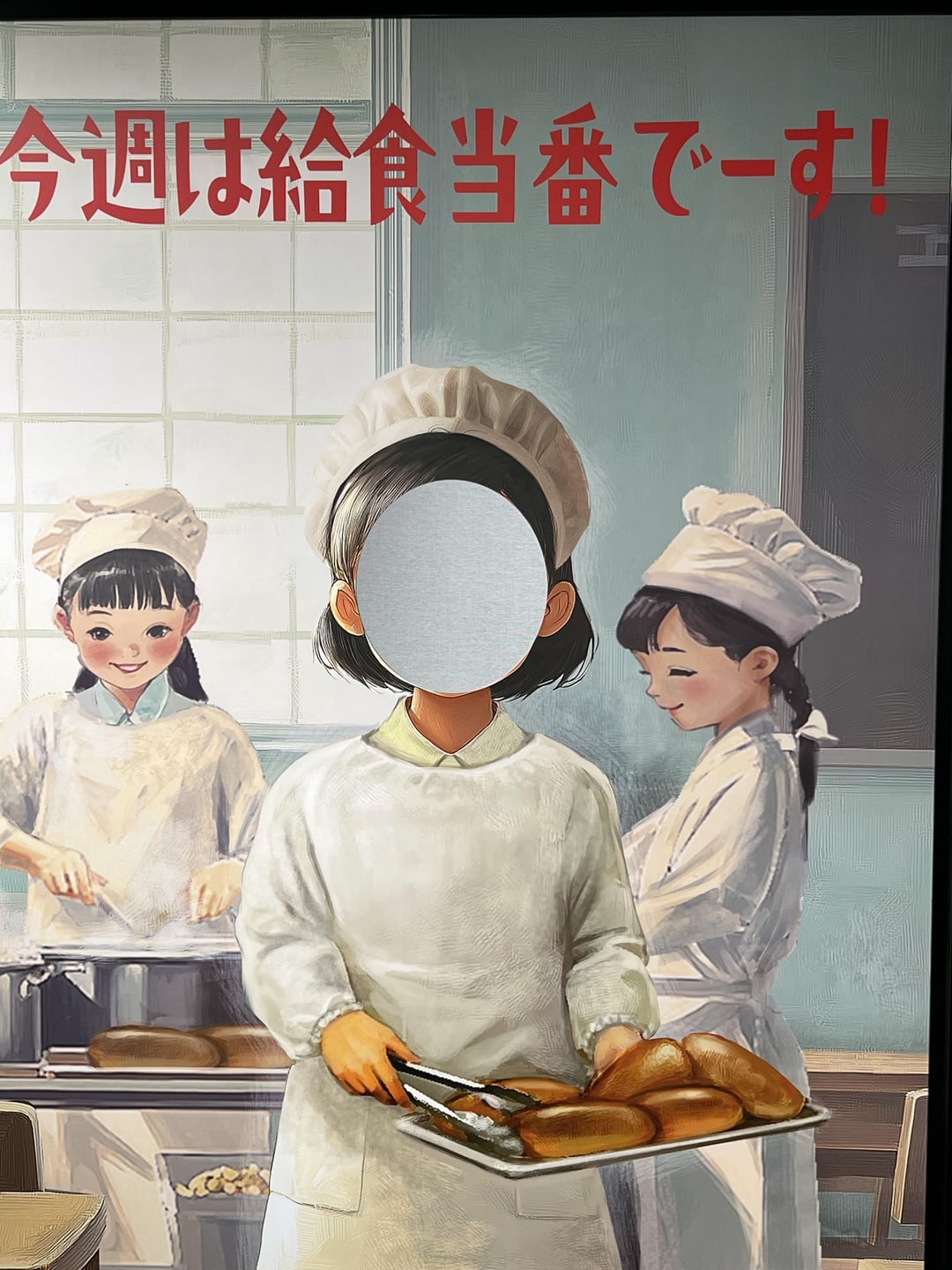
From the Edo period (1603–1868), Japanese inns already had this style.
Travelers stayed at different inns like hatago or honjin, depending on their social class.
A typical layout had a dirt-floor entrance (doma), tatami rooms, sliding doors, and a garden or veranda.
Interestingly, many inns had outdoor wooden tubs just outside the room — similar to today’s “private open-air baths.”
Bathing outside, while enjoying nature, was already part of the experience.
And here’s a little bonus!
In Japan, you’ll often find these face-in-hole photo boards — only in Japan! 😂
Just stick your face in, and voilà! You’re someone else.
A fun, quirky tradition you’ll spot at tourist spots everywhere.
Tomorrow’s post is all about a cozy Japanese izakaya!
And stay tuned for the last photo — it’s a fun one! 🐶
by Suspicious-Zone-6745


1 Comment
>*Interestingly, many inns had outdoor wooden tubs just outside the room — similar to today’s “private open-air baths.”*
It’s interesting that the tubs are wooden. I assume the base must be made of something other than wood, though, given they were originally heated by a fire underneath the bath.
Traditionally, these baths were typically made of metal, sometimes with a clay/terracotta coating around the outside, and were called “goemonburo”. Goemonburo could be either inside or outside, but in villages they were quite often outside, behind the house.
As the bath was made of metal, the bottom would become very hot. The bathwater had a floating wooden cover on top of it, called a “sokoita”. The person taking a bath would stand on the wooden cover and push it down into the water to make a platform to stand on while taking a bath, to protect their feet from the hot metal base of the bath.
Interestingly, the name for the bath came from a legendary bandit, Ishikawa Goemon, who lived in the 16th century. He was captured and apparently executed by being boiled alive in an iron pot. Goemon is a popular character in some classic kabuki plays and ukiyoe prints.